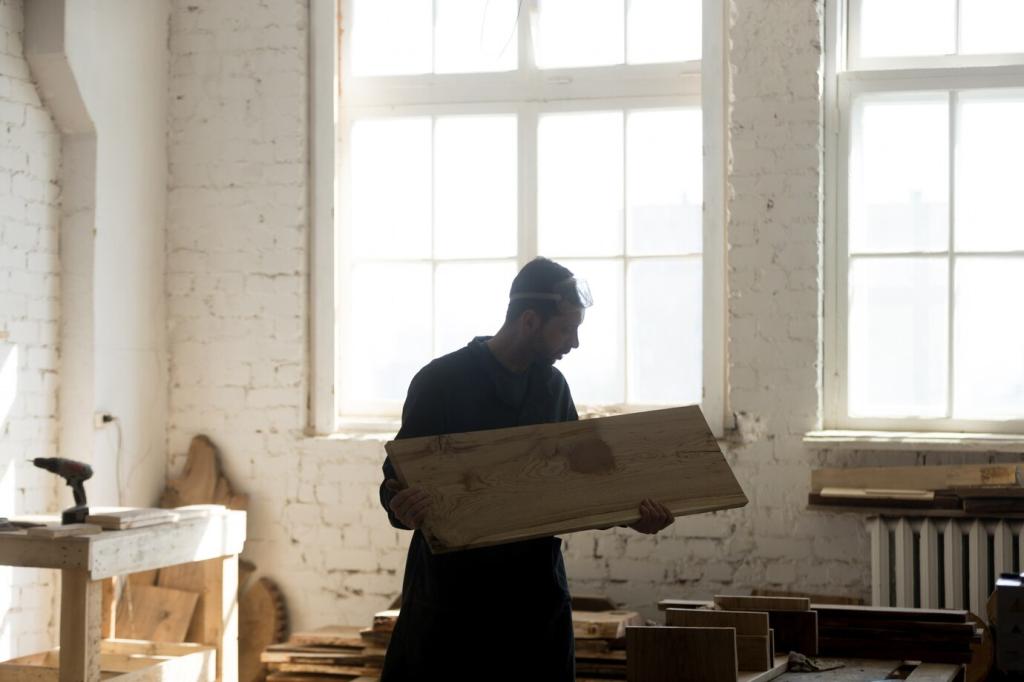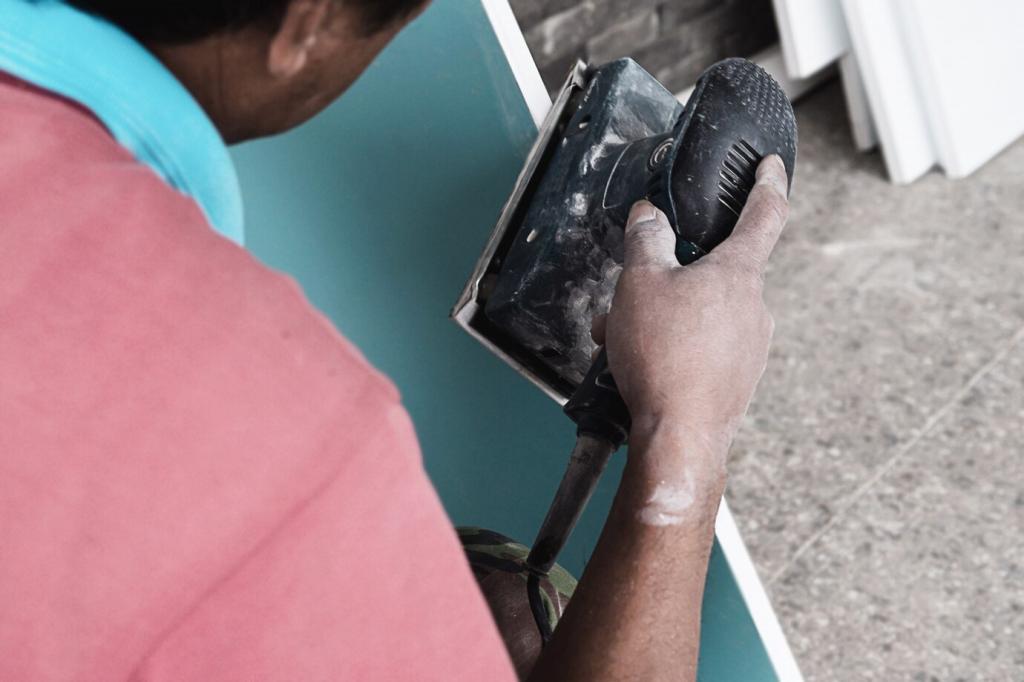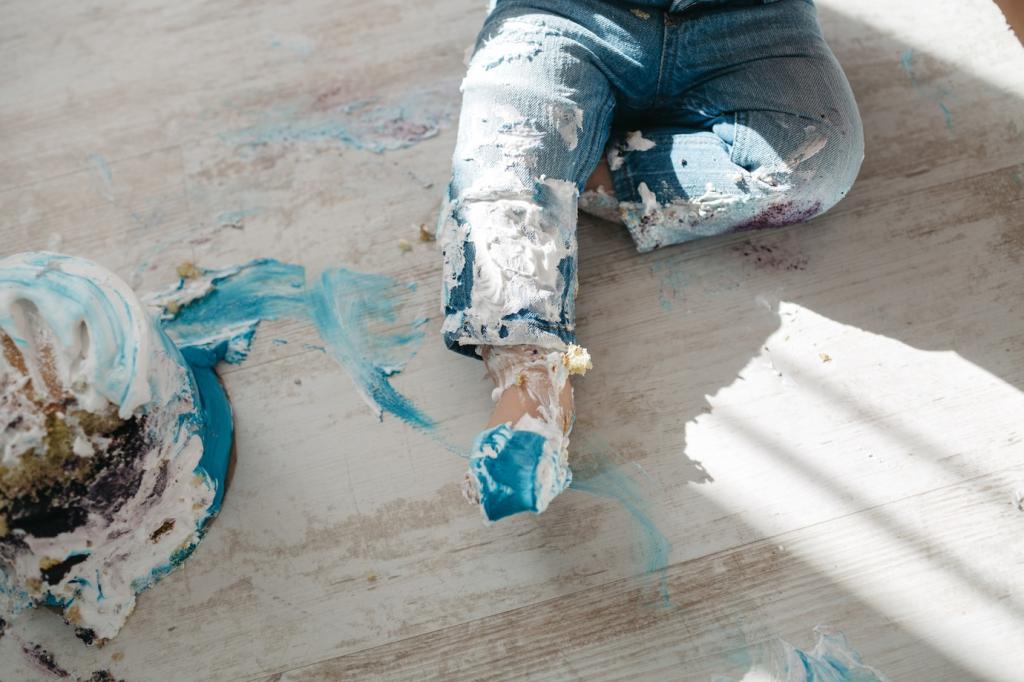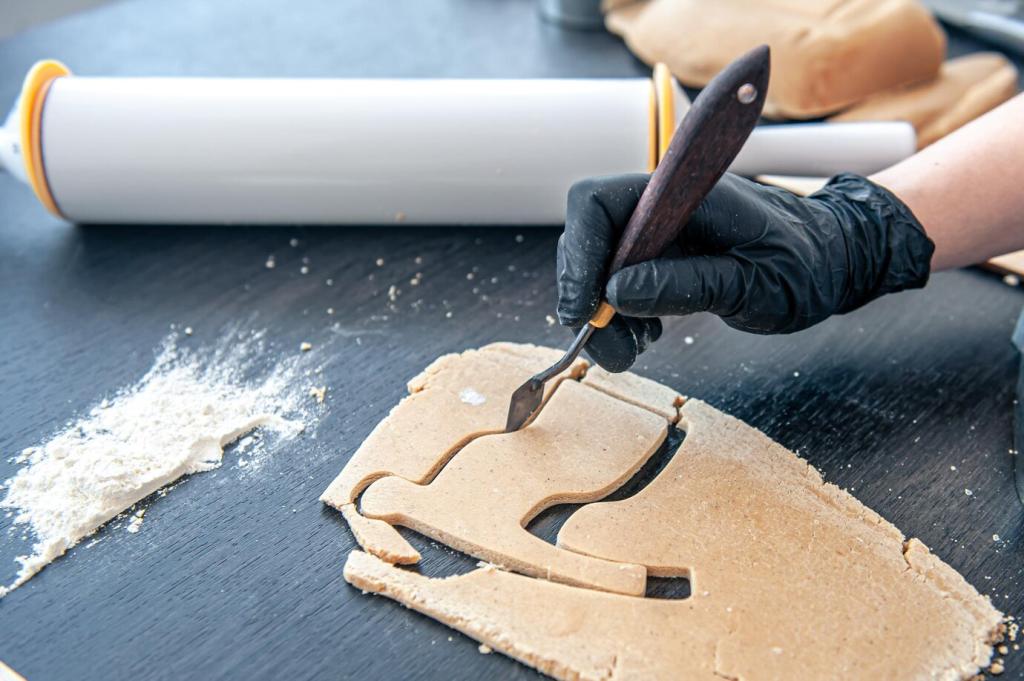Today’s focus is Using Specialized Tools in Furniture Restoration. From diagnosis to finishing, discover how purpose-built tools elevate accuracy, preserve history, and save time—while keeping character intact. Join the conversation, ask questions, and subscribe for hands-on guides and shop-tested techniques.
Measure Twice, Diagnose Precisely

A pinless moisture meter protects antique surfaces while showing moisture gradients across tabletops and chair rails. By mapping readings before restoration, you’ll anticipate seasonal movement, decide when to clamp, and plan reversible interventions that won’t trap moisture or stress fragile joints.
Controlled Finish Removal Without Regret
A properly turned burr on a card scraper erases finish residues with finesse. Use a hardened burnisher at a consistent angle, and support the scraper on a flat stone beforehand. You’ll cut finish, not fibers, keeping molding profiles sharp and clean.
Controlled Finish Removal Without Regret
Infrared panels soften finishes evenly at lower temperatures than typical heat guns, reducing fire risk and protecting hide glue joints. Pair with gentle scraping and ventilation. If lead is suspected, use a certified respirator and containment—safety is also a specialized tool.

Sharpness as a Repeatable System
A reliable honing guide locks chisels and plane irons at repeatable angles, building muscle memory for quick touch-ups. Maintain primary and micro-bevels, then strop. Consistency means fewer errors when paring mortises or leveling veneer patches to feathered perfection.
Joinery Repairs with Surgical Precision
Glue Injectors and Reversible Adhesives
Syringes with fine needles deliver hot hide glue deep into loose mortises without disassembly. Hide glue’s reversibility respects conservation ethics and future work. Warm the joint gently, inject patiently, and clamp with cauls shaped to the original contours.
Clamps, Cauls, and Controlled Pressure
Parallel-jaw clamps, band clamps, and cam clamps distribute pressure evenly. Cork-faced cauls prevent dents and align miters. A feeler gauge confirms even closure. Tell us your clamping puzzle piece, and we’ll feature clever setups in a future tools-only spotlight.
Micro-Chisels, Dovetail Saws, and Drawbore Pins
Micro-chisels tune shoulders without widening; a fine-tooth pull saw sneaks into repairs with minimal kerf. Drawbore pins test alignment before pegs commit. These specialized tools let you correct centuries-old problems without adding new scars to the story.
A fine veneer saw and a purpose-built shooting board deliver square, tearout-free edges. Pair with a toothing plane for better adhesion. Precise cuts mean patches blend, not broadcast repairs. Share your favorite veneer alignment tricks for tricky curves and fans.
Veneer, Inlay, and Marquetry Rescue
The veneer hammer isn’t a hammer—it’s a squeegee for hot hide glue. With gentle heat from a silicone blanket or iron, glue reactivates and bubbles disappear. Protect with kraft paper and patience; the right passes flatten without imprinting fibers.
Veneer, Inlay, and Marquetry Rescue
Upholstery: Tools Beneath the Fabric
A webbing stretcher sets consistent tension that won’t sag by springtime. Magnetic tack hammers place tacks one-handed with perfect rhythm. On an Edwardian side chair, those two tools transformed a lumpy seat into supportive elegance without disturbing the carved rails.
Surface Shaping and Finishing Mastery
A sharp spokeshave refines cabriole legs where sandpaper would blur facets. Scratch stocks recreate missing moldings with custom profiles from saw steel. These tools shape cleanly and repeatably, ensuring repairs blend seamlessly with the original maker’s hand and intent.
Surface Shaping and Finishing Mastery
A well-built rubber lays whisper-thin coats of shellac, while pumice fills pores and levels. Work in ovals, watch for witness lines, and lubricate sparingly. The glow that emerges feels earned, not sprayed—share your favorite cut ratios and polishing schedules.


